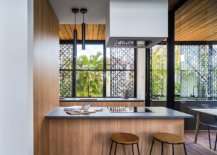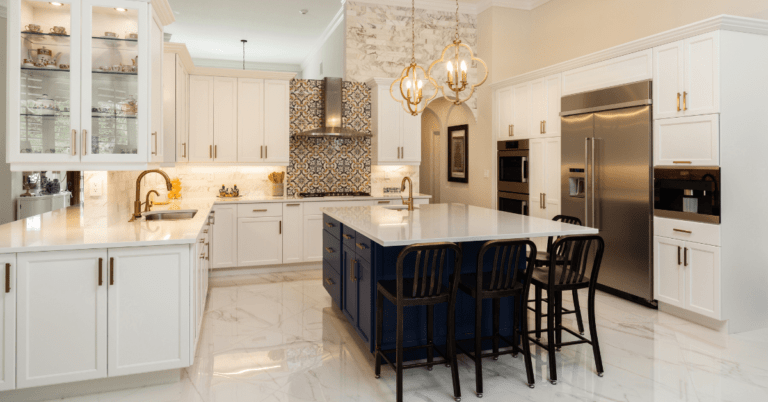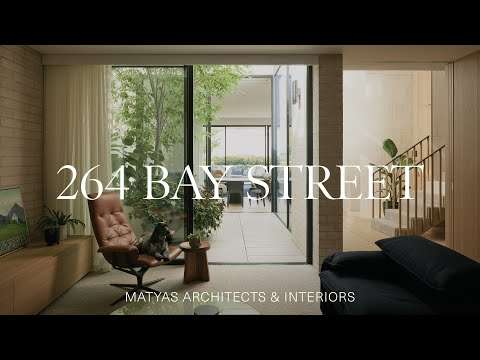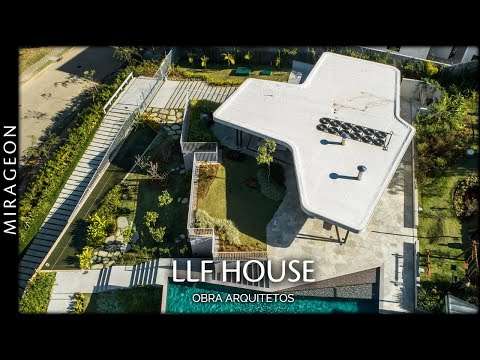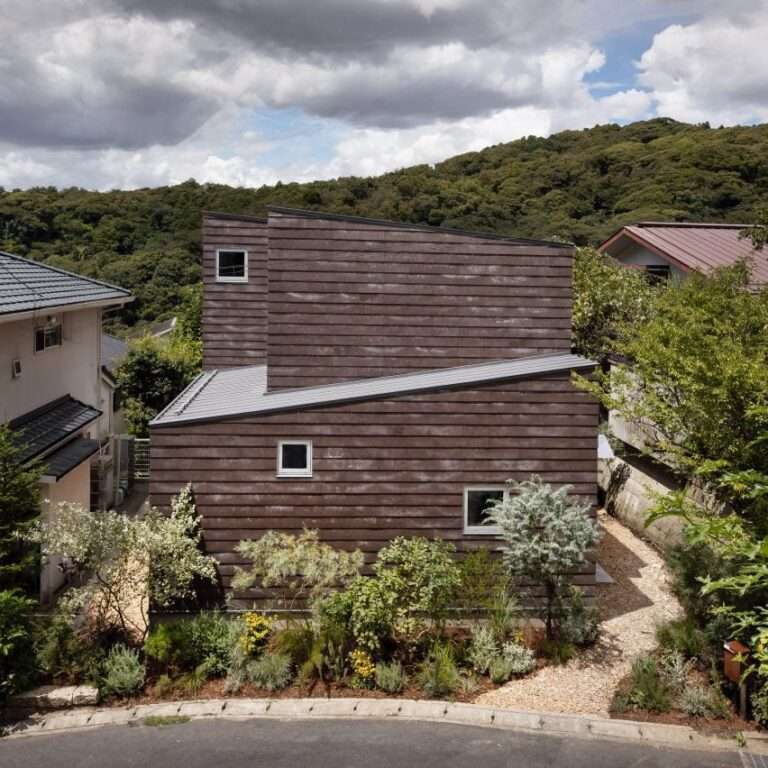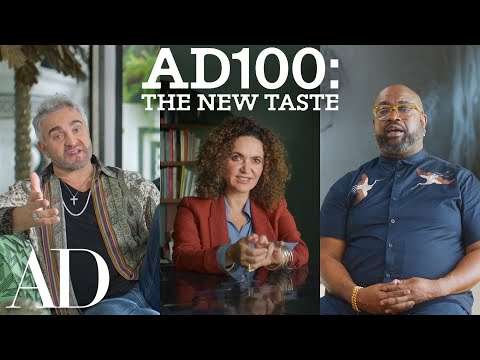In the Barrio de la Concepción neighborhood of Cartagena, Spain, architecture studio meii estudio has reimagined a modest 1960s residence into a minimalist example of contemporary design. Named Casa Cruda, the project embraces both preservation and renewal, resulting in a home that reflects the layered history of its neighborhood while offering a fresh, open way of living.
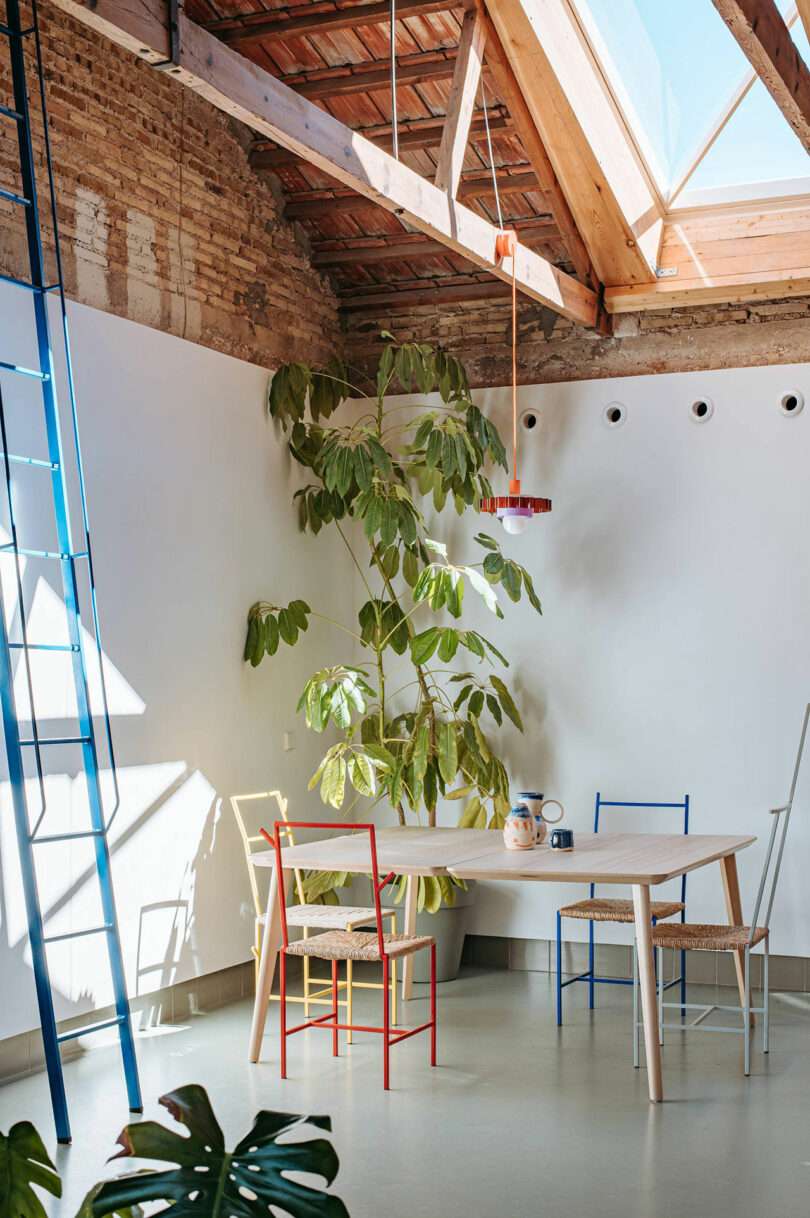
Covering about 2,153 square feet, Casa Cruda resists the temptation of a complete overhaul. Instead, meii estudio opted for a restrained project scope, where subtle yet decisive plans play up the home’s qualities. The result is a residence where renovated floors and rendered surfaces meet the rawness of original brick walls and timber roof trusses.
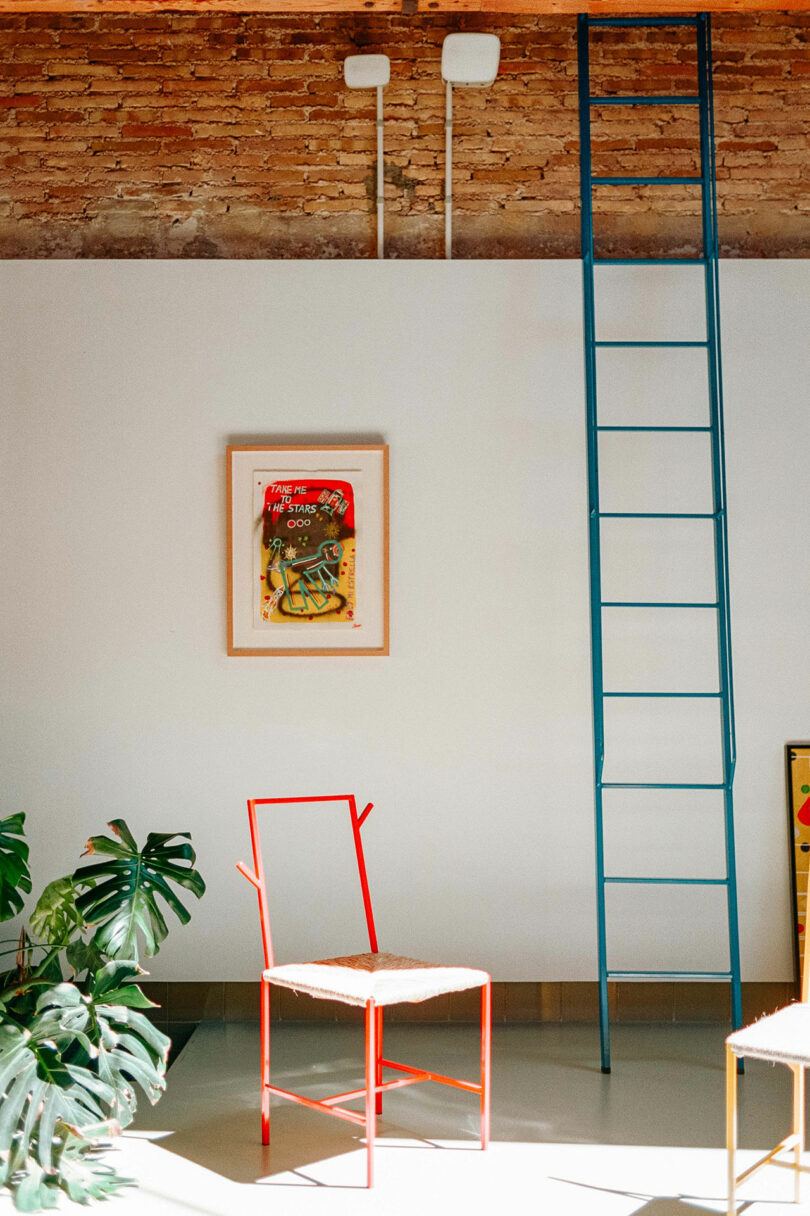
The design philosophy avoids erasure; every scar, texture, and construction trace becomes part of the home’s identity. By layering the new over the old, Casa Cruda achieves a balance between modernity and authenticity, inviting its occupants to inhabit and enjoy the best of both worlds.
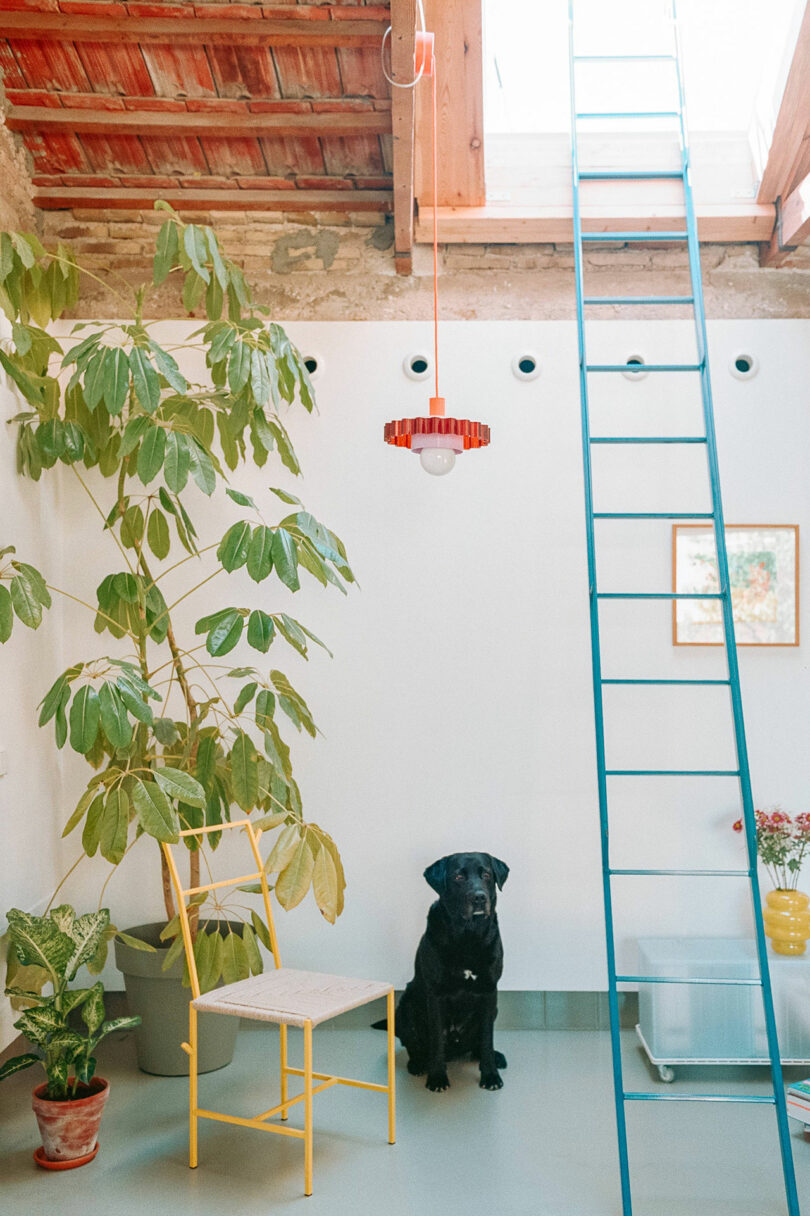
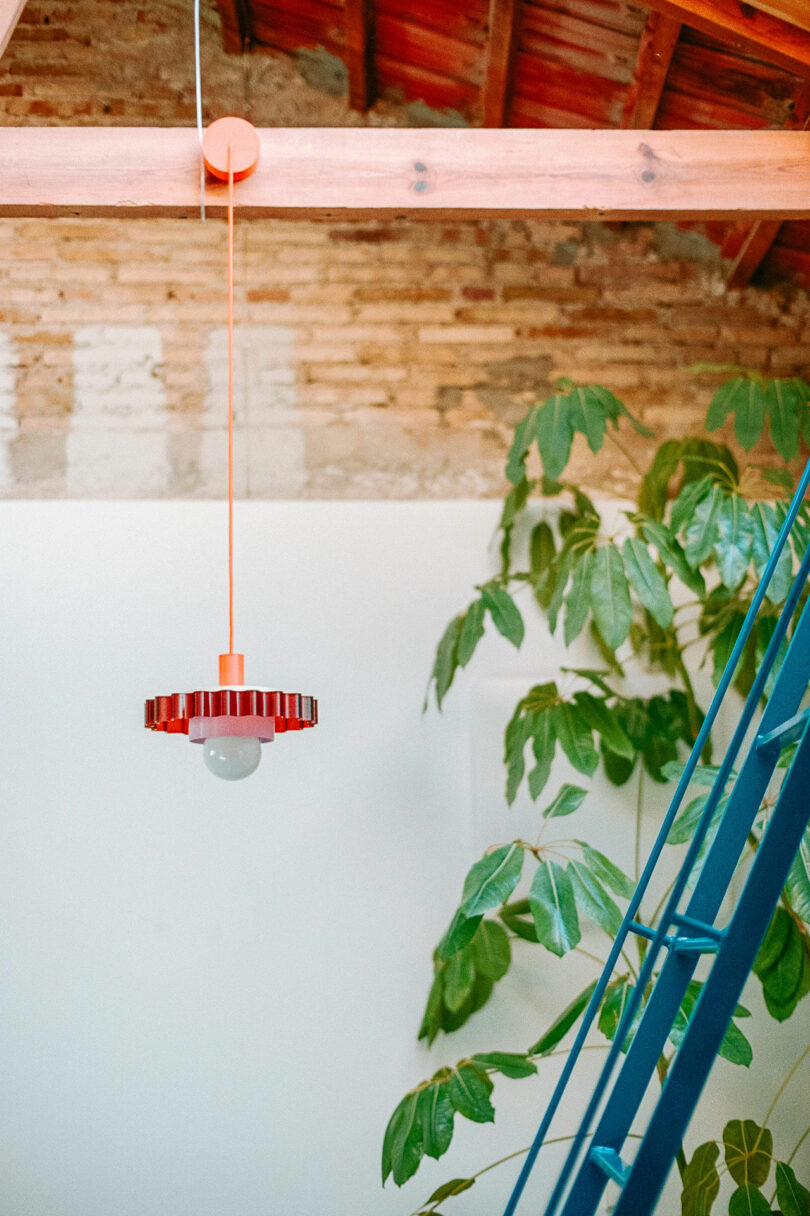
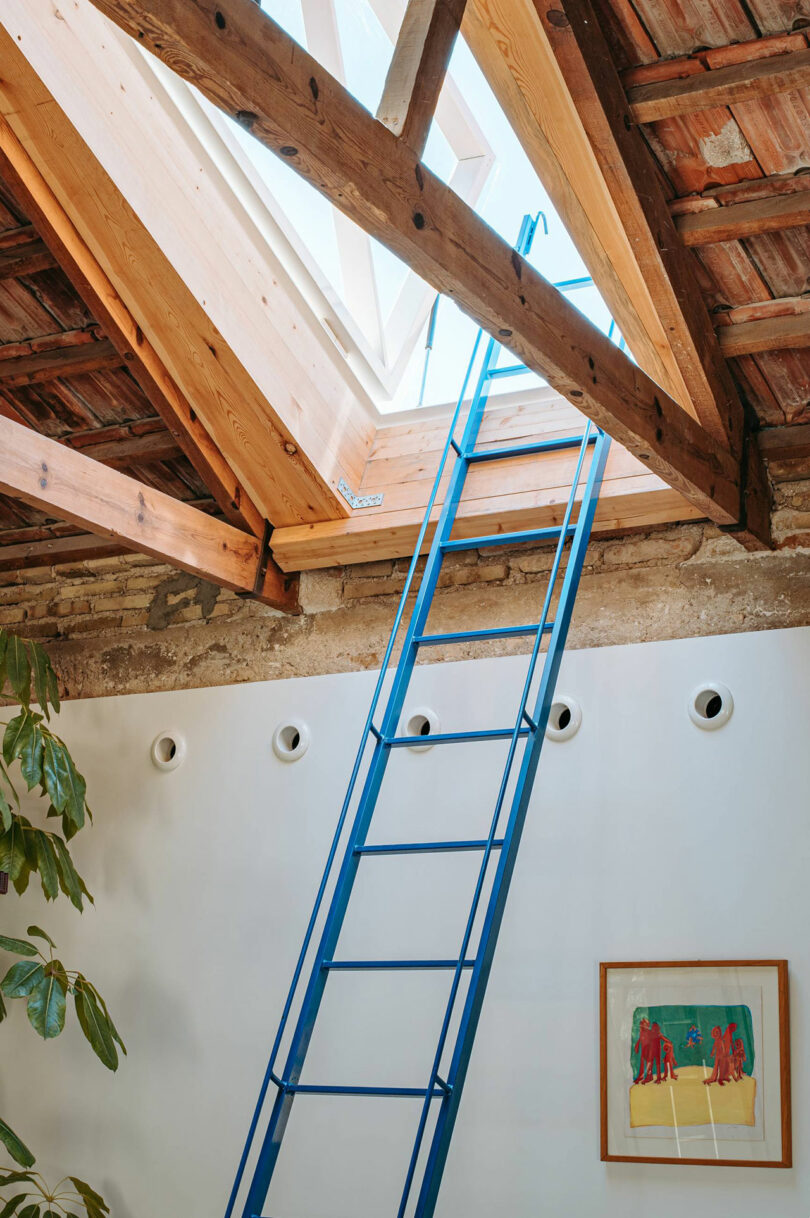
One of the project’s most dramatic decisions was stripping the home to its structural core. Partitions, false ceilings, and outdated finishes were removed, revealing a spacious volume filled with potential. The process unveiled the fired brick party wall and exposed wooden beams that now define the atmosphere of the main living area.
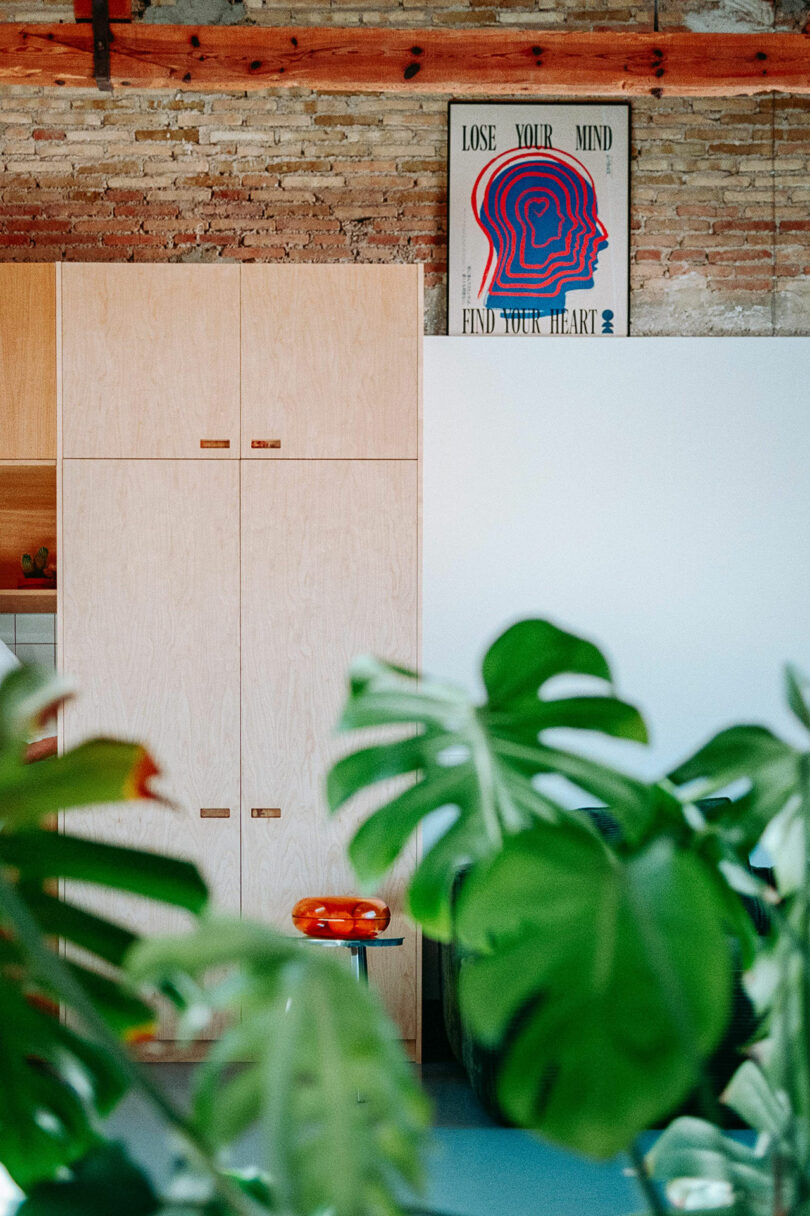
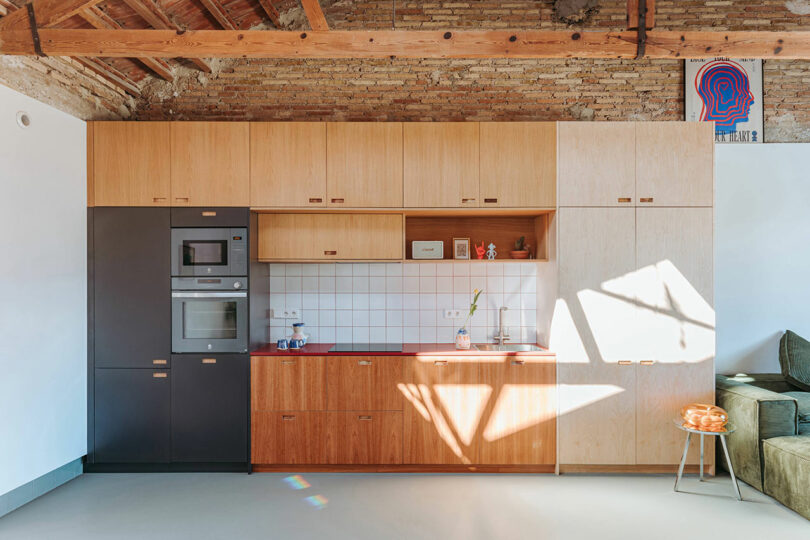
Instead of hiding these original elements, the architects showcased them, allowing the materials to become a part of daily life. The stripped-back aesthetic is not just about minimalism, but the desire to expose the beauty of what was already there.
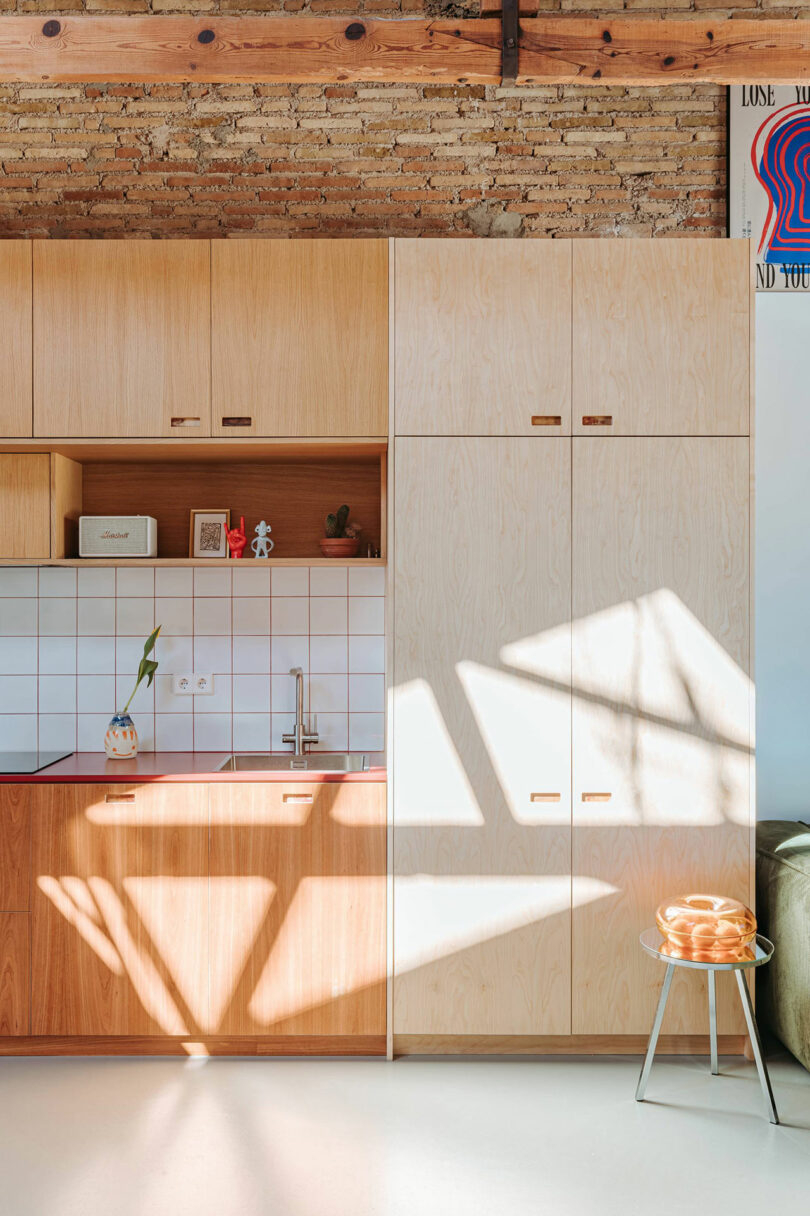
Natural light plays a pivotal role in Casa Cruda. A large operable skylight was introduced into the tiled roof, creating sightlines to the sky above. The addition illuminates the house throughout the day, changing as the sun moves. Sunlight filters down through the open volume, revealing textures and connecting the interior with natural landscape outside. The skylight also provides access to a rooftop terrace, expanding the living experience beyond the enclosed shell of the house.
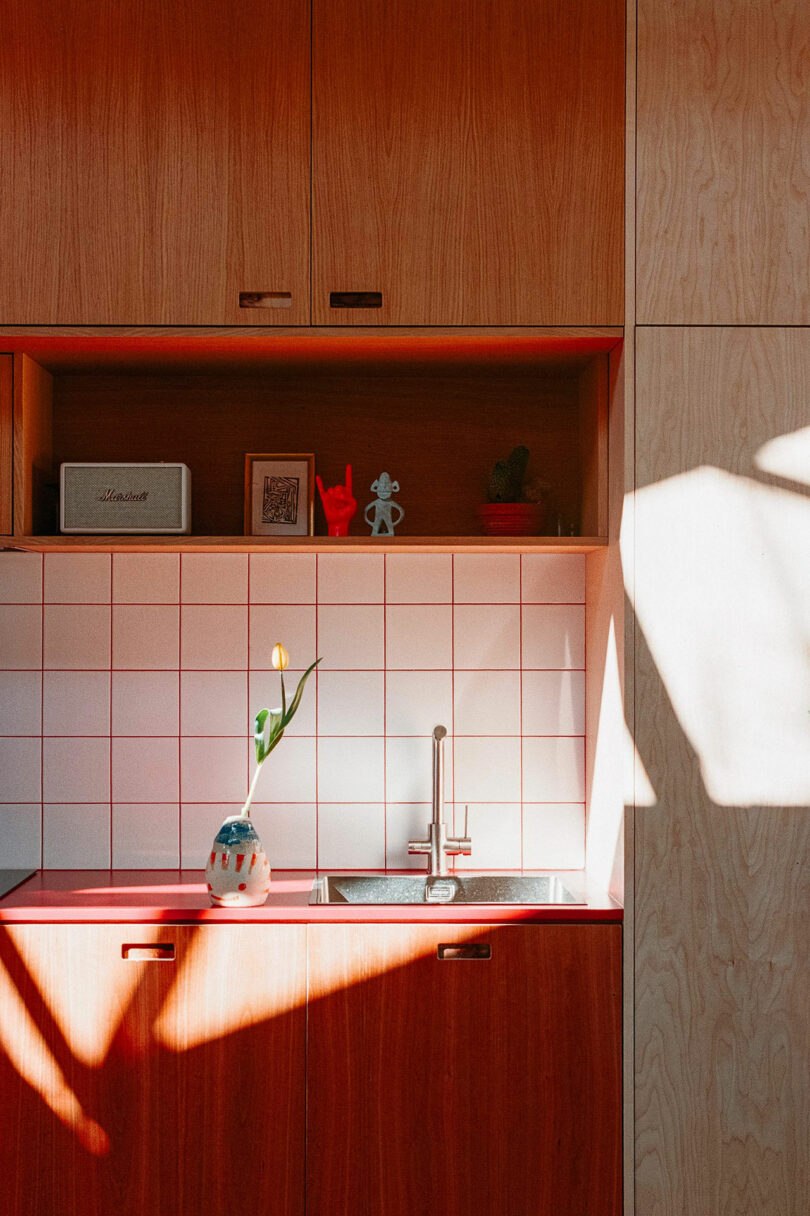
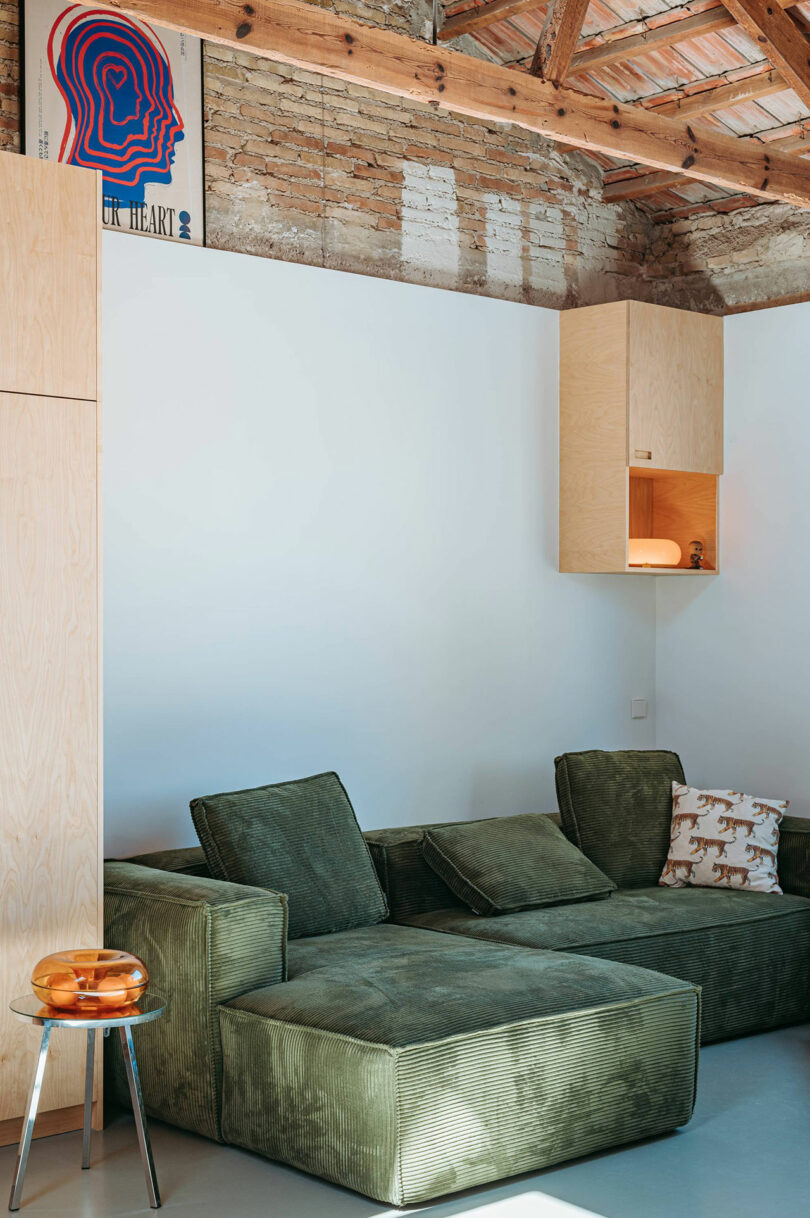
At the core of Casa Cruda is a living room of nearly 300 cubic meters (10,600 cubic feet), conceived as a single flexible space that organizes daily activities. This double-layered area – with its original details above towards the ceiling, and the updated modern elements below – creates a dynamic juxtaposition between modern intervention and historical preservation.
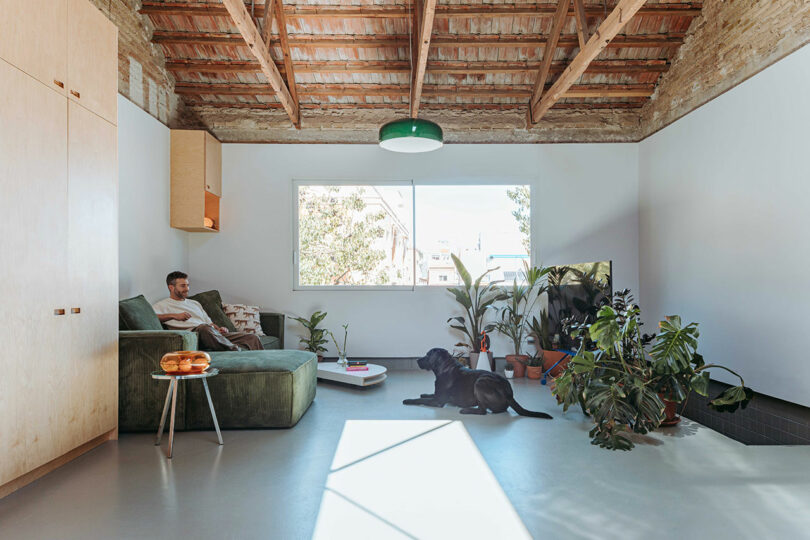
A continuous sage green resin floor grounds the interior, extending upward into a 7-inch-high ceramic baseboard. Above this point, a floating cladding integrates technical systems discreetly, maintaining clean lines and openness. The volume is rounded out with vegetation, curated lighting, local artworks, and carefully selected furniture, which personalize the expansive space without overwhelming it.
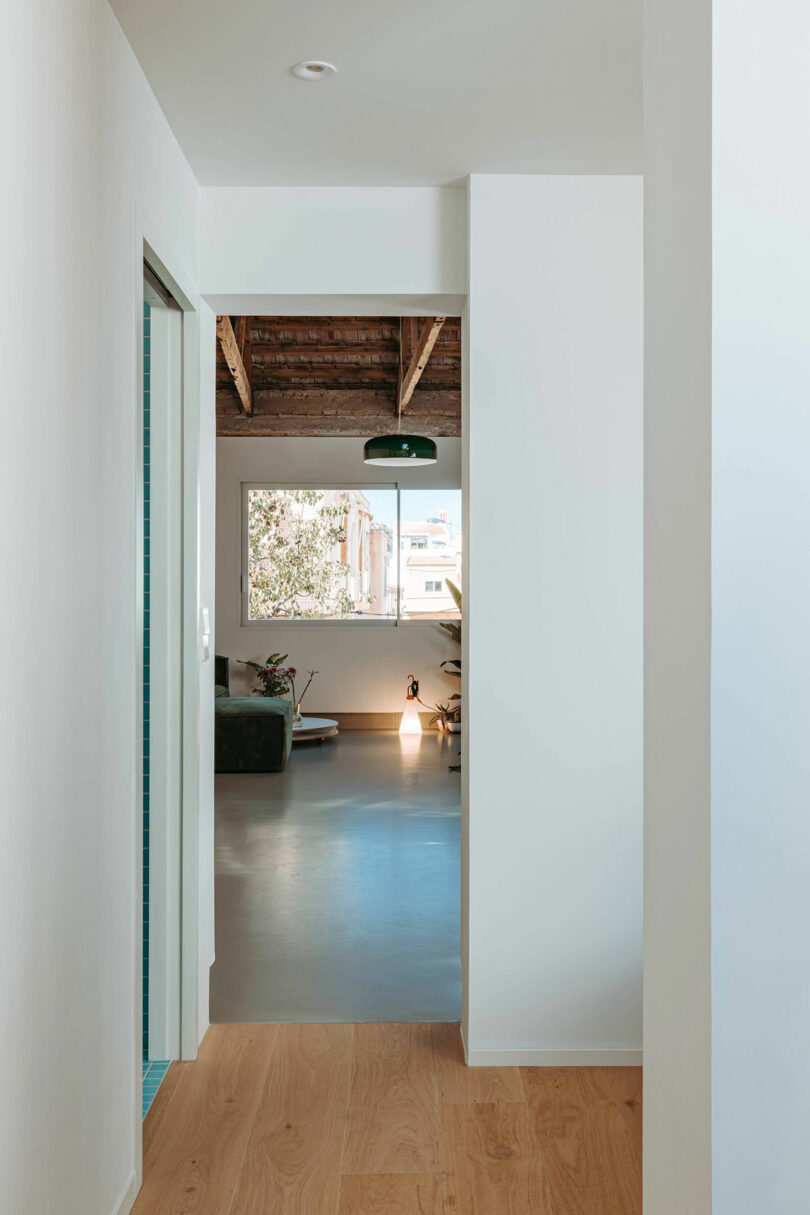
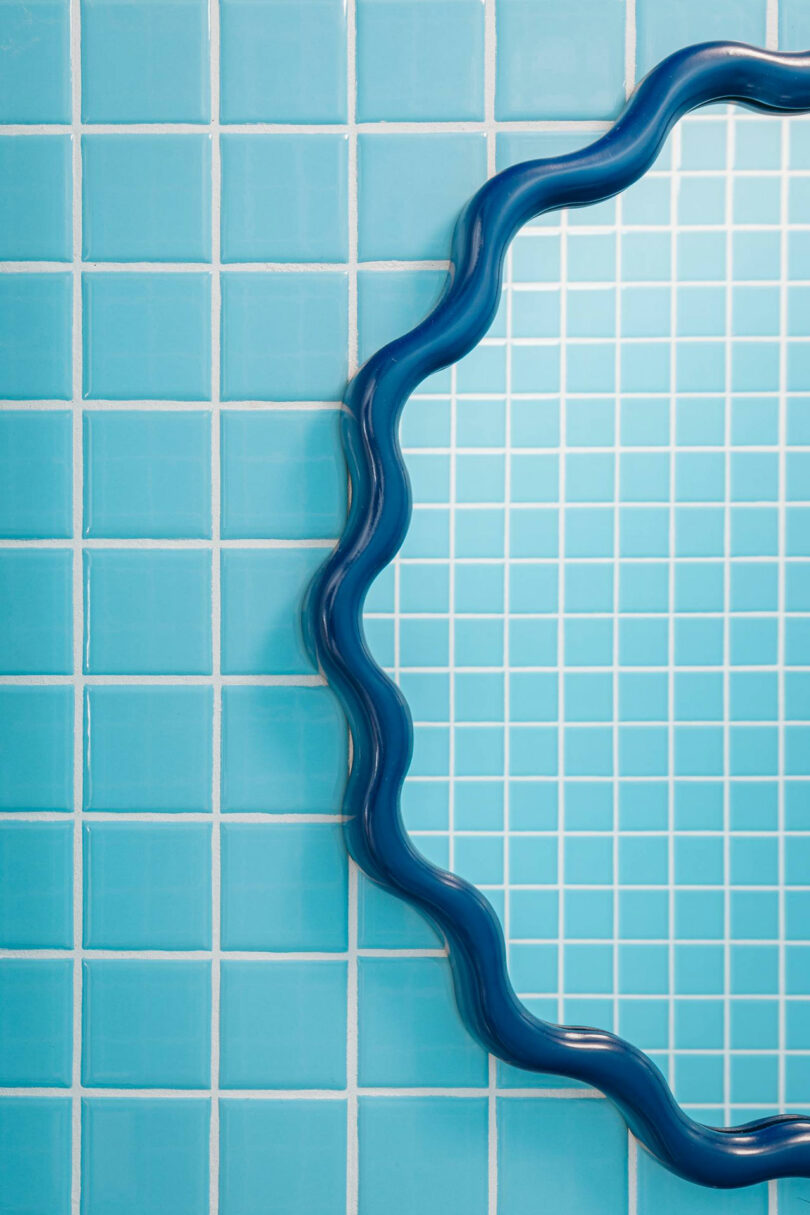
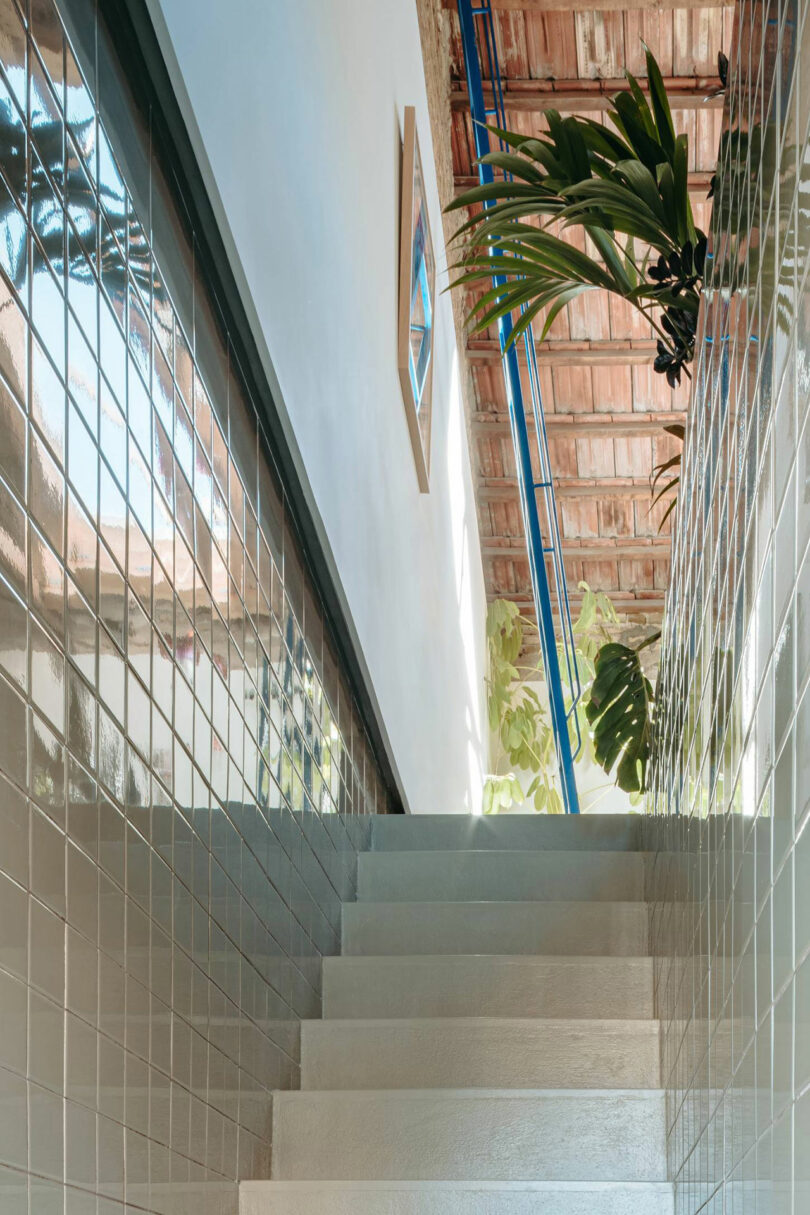
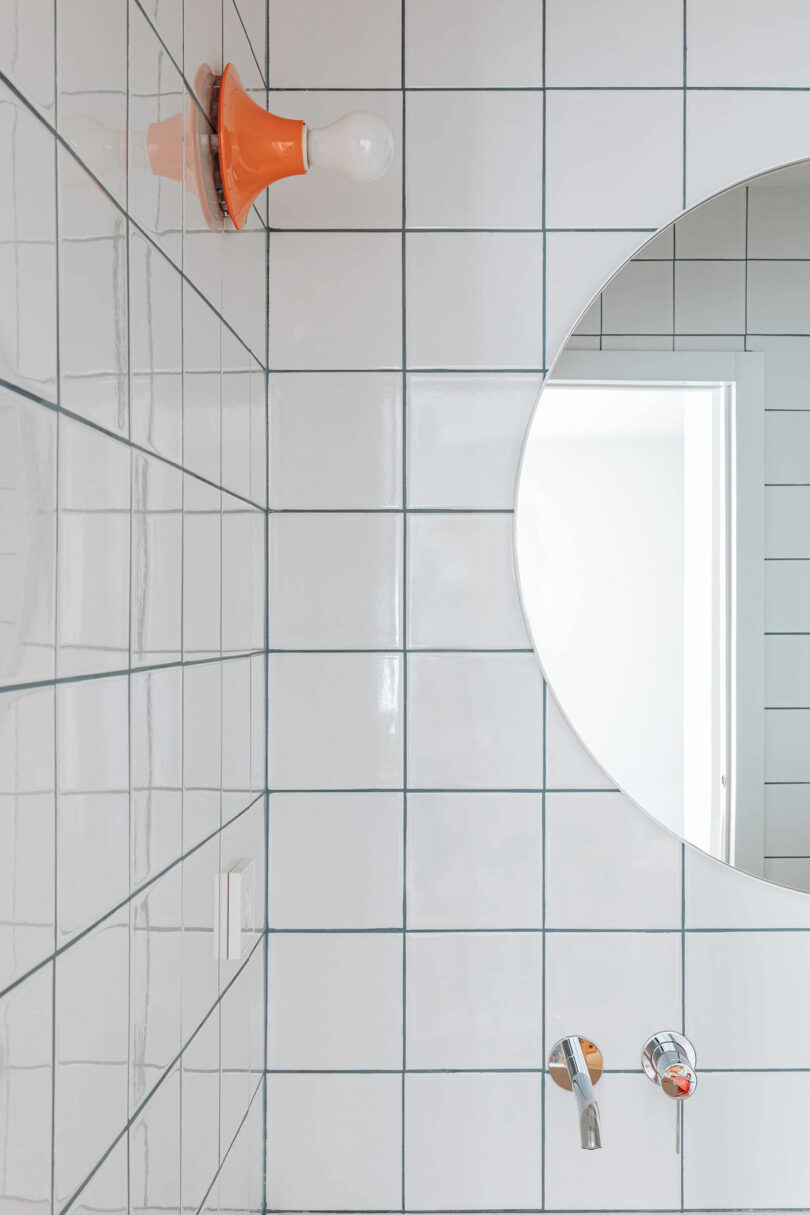
For more information on Casa Cruda and meii estudio, visit meii.es.
Photography by Hiperfocal.

